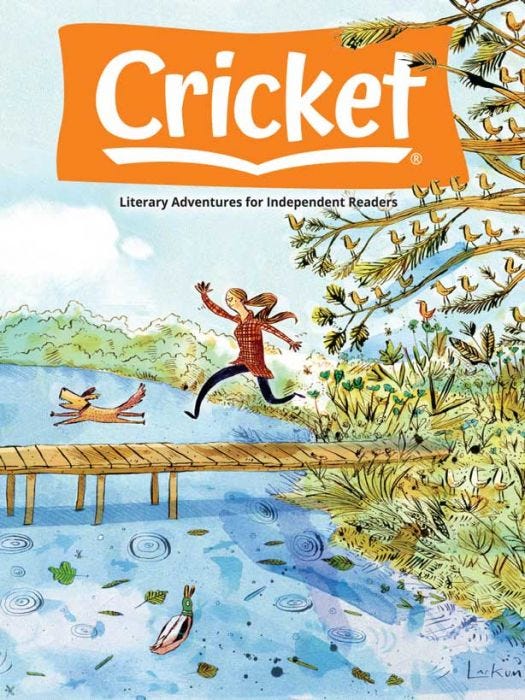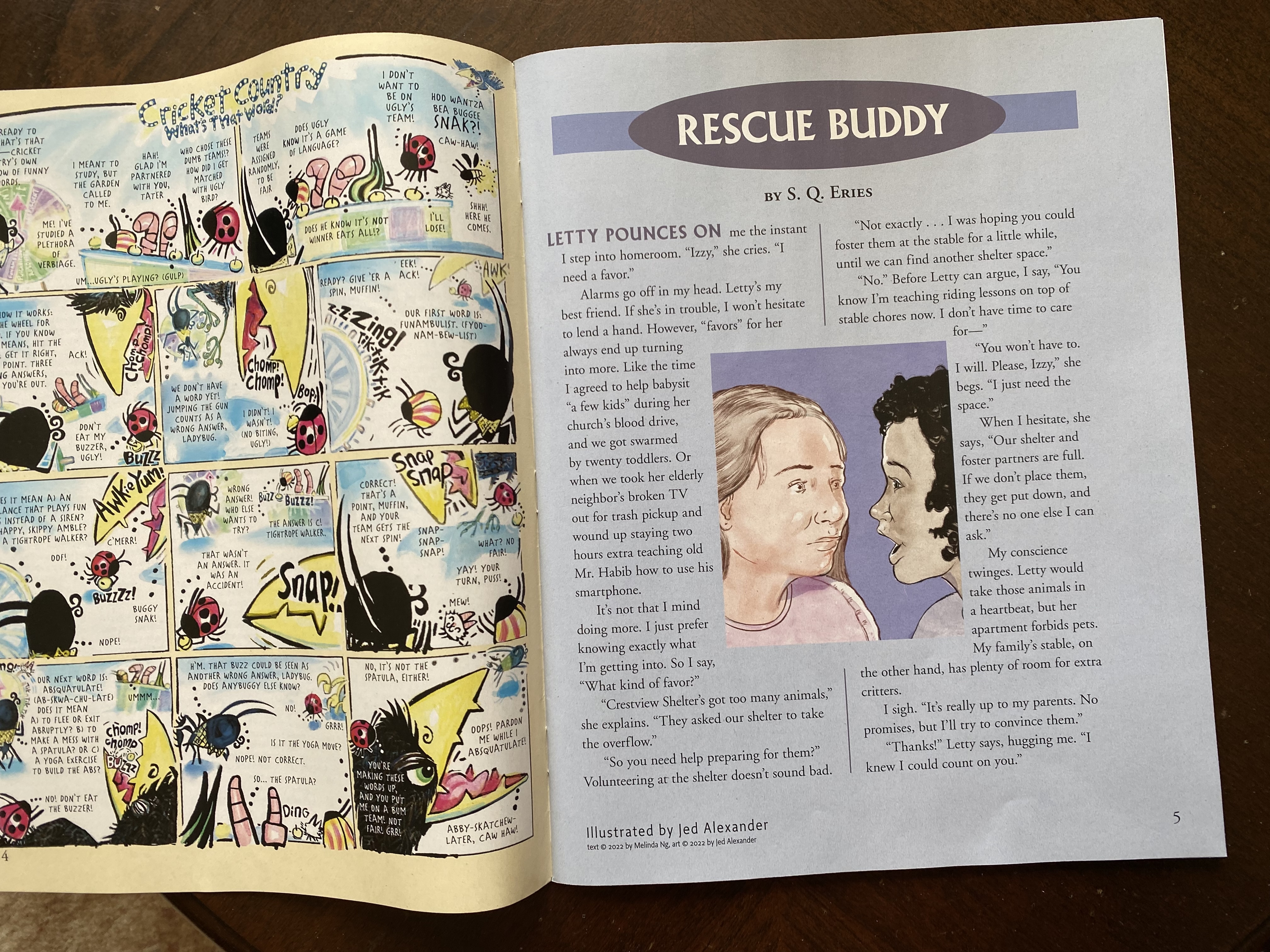As a student in the San Francisco Unified School District, I’d never heard of author visits. Due to the advent of California’s Prop 13, mine was the generation that had to do with 20-year-old textbooks and do without Band-Aids. And field trips? That was the stuff of TV and movies, not our reality.
It was only after I joined The Society of Children’s Book Writers and Illustrators that I learned that schools invited authors to speak at student assemblies or teach workshops. It sounded like the sort of opportunity reserved for traditionally published authors, especially since these arrangements often involve book selling/book signing. So I didn’t think I’d the chance to do something like that until I had an actual book in print.
I was wrong.
Last month, I got an email from my ballroom dance partner back when I was in grad school. Like me, Mark’s an engineering grad who no longer does engineering. Instead, he teaches fourth grade in Minnesota. We hadn’t been in touch for years, but thanks to the power of the Internet, he knew I’d gotten some short stories published and asked if I’d do a virtual author visit at his school.
I said yes.
Now, this was not a Yippee!-Can’t-wait-to-do-this yes. It was more of a Sounds-terrifying-but-this-will-be-good-for-me-as-a-writer yes.
Fortunately, Mark had hosted authors before, in-person and virtually, and gave me guidelines to work with. Based on his suggestions, I put together a 20 minute presentation that included photos of the horses who inspired “Rescue Buddy” and a video of the belt and pulley system at the Charles River Museum. We also arranged to have students read “Impromptu Performance” and “Rescue Buddy” to familiarize them with my writing.
So the visit was last week, and it actually went well!
I was concerned that Google Meets would fail us, but it did its job (though gauging audience reaction was difficult, especially when I was sharing my screen). I got through the presentation portion more or less as rehearsed, and the Q&A portion was surprisingly fun.
And unexpectedly, the Q&A involved anime!
The students asked about my pen name, and I told them I originally wrote fanfiction. After defining fanfiction for those unfamiliar with the term, I explained that I wrote stories about the anime I liked, and my pen name was a combination of favorite character names.
Well, there’s at least one anime fan in the school because the next questions I got were:
- Do you like dubs or subtitles better?
- Do you know the Seven Sins anime?
- What do you like best about Naruto?
Hahaha…Never thought I’d make a weeb connection during an author visit. But if it helps young readers relate, why not?
So thank you, Mark, for the opportunity! I gained valuable XP, and maybe one of these days I’ll level up with an in-person author visit!


 When I was a kid, I loved horses. I was also a reader, so I read every horse book I could get my hands on. So it is with great pleasure I announce the release of “
When I was a kid, I loved horses. I was also a reader, so I read every horse book I could get my hands on. So it is with great pleasure I announce the release of “
 I tend to set my stories in times long-ago or in places far away. (Or both!) As such, my latest story “Impromptu Performance,” which is featured in the
I tend to set my stories in times long-ago or in places far away. (Or both!) As such, my latest story “Impromptu Performance,” which is featured in the 



 I was also fortunate to have friends help me with story details (thanks, Dorthy and Esther!). I’m of Chinese descent so I had a level of comfortability depicting the Bao family of Hidden Heritage. Cheonson and the Admiral was definitely outside my culture, and I was grateful that my Korean-American friends and their Korean-born parents were willing to vet out my portrayal of Koreans in the Imjin War.
I was also fortunate to have friends help me with story details (thanks, Dorthy and Esther!). I’m of Chinese descent so I had a level of comfortability depicting the Bao family of Hidden Heritage. Cheonson and the Admiral was definitely outside my culture, and I was grateful that my Korean-American friends and their Korean-born parents were willing to vet out my portrayal of Koreans in the Imjin War. I write historical fiction, but my settings gravitate toward the ancient. As such, my latest short story was a bit off my beaten track. Hidden Heritage is a tale about a family heirloom rescued from the ravages of China’s Cultural Revolution, and it’s available in Cricket Magazine’s February 2019 issue!
I write historical fiction, but my settings gravitate toward the ancient. As such, my latest short story was a bit off my beaten track. Hidden Heritage is a tale about a family heirloom rescued from the ravages of China’s Cultural Revolution, and it’s available in Cricket Magazine’s February 2019 issue!




